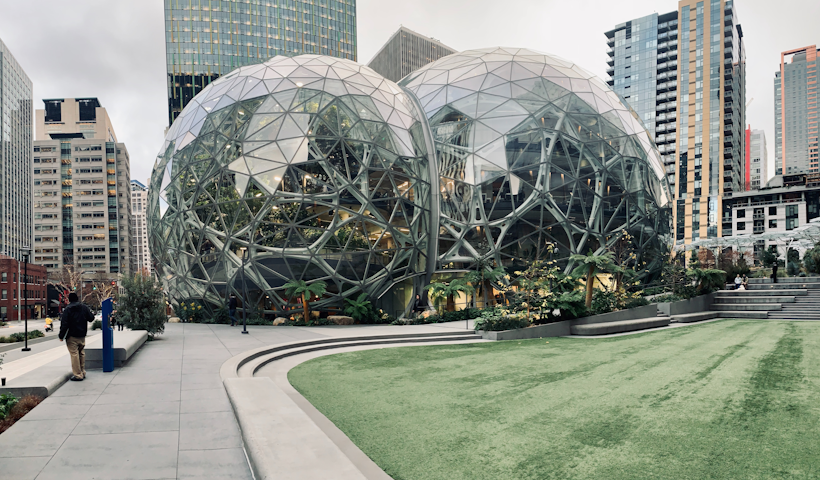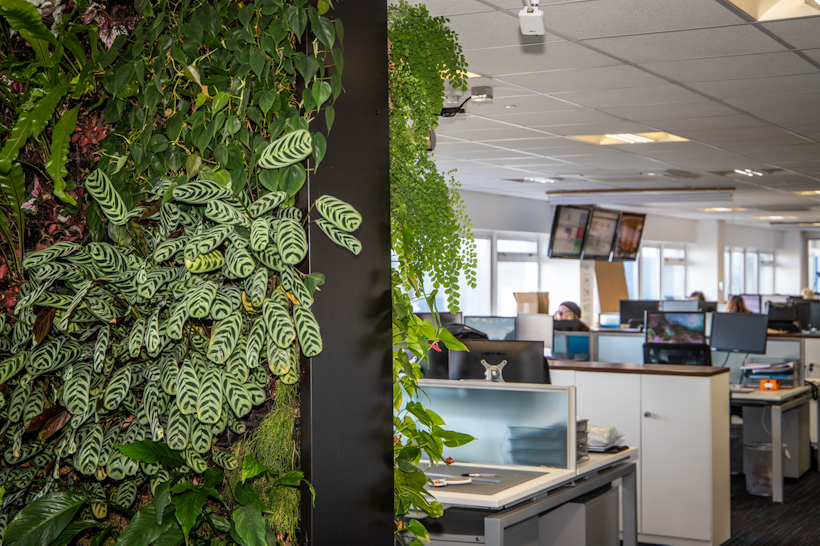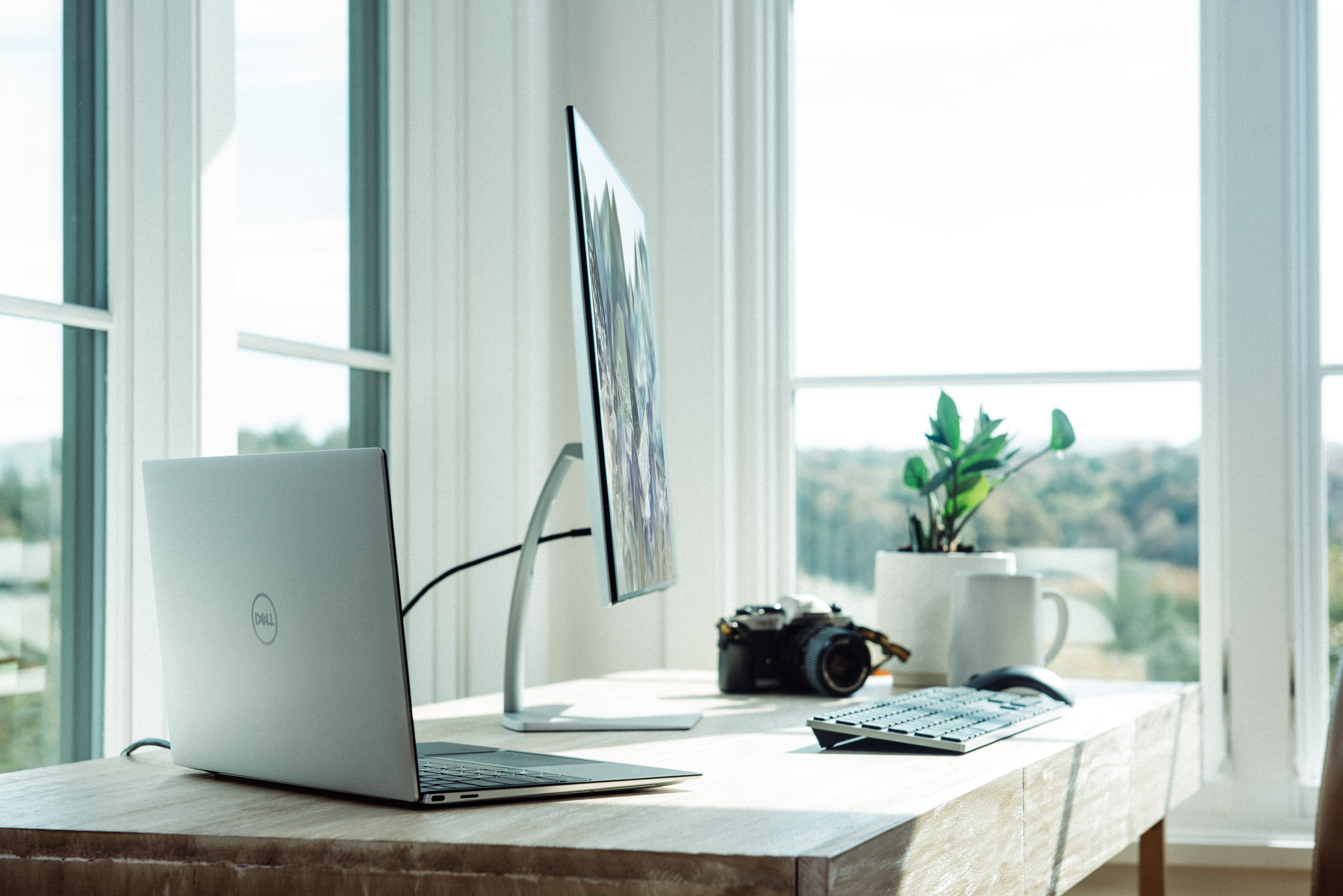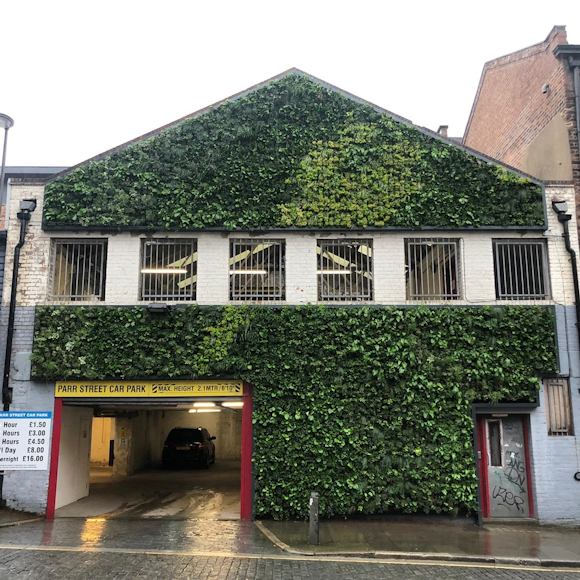Spending time outside is officially good for you - and there’s plenty of data to back it up. A growing number of studies have found an empirical link between interacting with nature and improved wellbeing and mental health, including this research by the University of East Anglia in 2018. Their report - based on global data involving over 290 million people - found that exposure to green spaces has a range of health benefits, including a reduction in the risk of type II diabetes, cardiovascular disease, premature death, preterm birth, stress, and high blood pressure.
Whilst this report is powerful, data shows that 55% of the world’s population lives in urban areas, and just in Great Britain alone, 2.69 million people are not within a 10-minute walk of a green space. More positively on the other hand, further studies have shown that exposure to nature, even on a small scale, can offer many similar benefits.
Did you know that in the UK alone, 11.7 million working days are lost annually due to stress, depression or anxiety? Businesses are becoming increasingly aware of the impact of their employee’s mental well-being on their ability to perform, leading to a greater focus on the part of employers to incorporate employee benefit and mental health schemes into their strategy. Whilst this is important, studies show that the environment of where we work also has a big impact on how we feel (and therefore, perform), and with biophilic design becoming more well-known, companies have been looking to design nature and natural features into the workplace.
Some of the most successful companies in the world have looked to the design to create a more positive environment for their employees, including Apple’s Silicon Valley campus (which planted 9,000 trees) and Amazon’s Seattle headquarters, which includes over 40,000 plants from across the globe.
The Global Impact of Biophilic Design in the Workplace study shows that people who worked in the presence of greenery and natural features reported 15% higher levels of well-being and felt 15% more creative, with productivity rates increasing 6%.

NASA scientists conducted research which found that plants help to filter harmful volatile organic compounds (VOCs) from the air. VOCs are found in a range of consumer products, including paints, cleaning products and air fresheners, and even one plant desk can make a difference in filtering VOCs. These compounds are often what causes that mid-afternoon slump, caused by computers, microwaves, and printers for example coming to their peak usage in the day. To find out more about VOCs and indoor air pollution check out this blog post from March.
Plants also work to filter carbon dioxide and studies have shown a 10% reduction of carbon dioxide emissions in air conditioned spaces and an almost 25% decrease in CO2 in non-air conditioned spaces.
Evidence has shown that plants can decrease symptoms of poor health such as dry skin, fatigue and eye irritation by up to 25%. They also dramatically increase employee wellbeing and satisfaction, as shown by a study conducted by the University of Technology in Sydney, which found that the presence of greenery in the workplace resulted in a:
- 37% drop in anxiety and tension
- 58% decrease in depression/dejection
- 44% reduction in anger/hostility
- 38% fall in fatigue
The 2014 study found that the presence of office plants increased productivity by 15%, believed to be partly due to the role they play in stress relief. Researchers from the University of Michigan have also suggested that plants are packed with ‘dramatic stimuli’ which help to replenish our attention capacity and focus.

With most of us changing how and where we work in the last 4 months, the ‘office’ is now often at home, and this more flexible working is something we could be settling into as there is a shift from traditional office environments. Ensuring you have access to natural light, good air quality and natural greenery will make a big difference to how you feel and your ability to work. This is not just emotional, but in fact backed by science.
Whilst the research we’ve discussed is around workspace environments and office design, the core of the data is still valid across any area of our lives: we feel better, and perform better in the presence of nature.
We’re committed to creating greener, cleaner and healthier spaces for people across the globe. If you'd like to keep up to date on our latest projects, research findings and live online events, subscribe to our mailing list.


